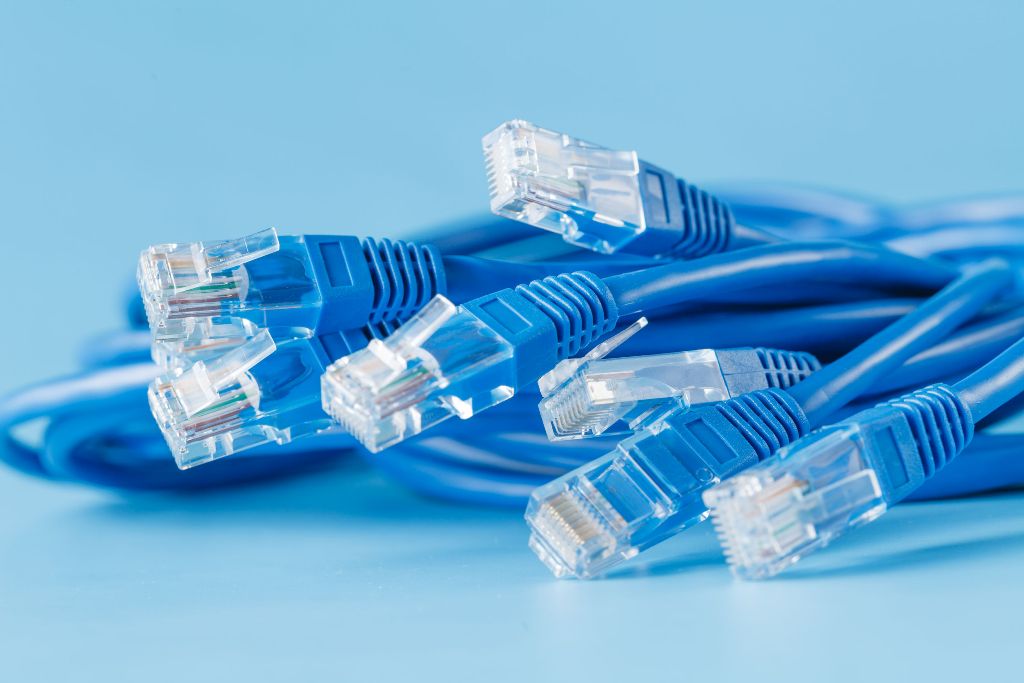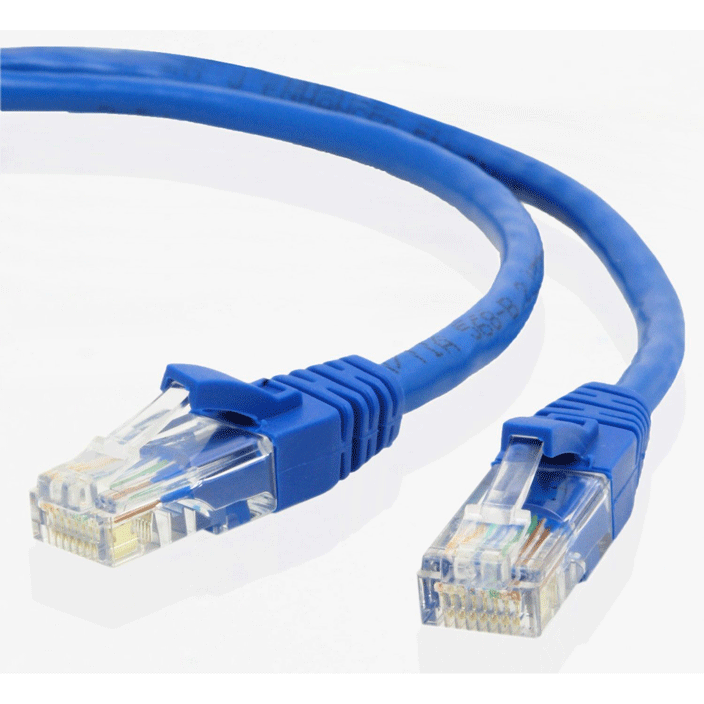Overview of Cat5e Cables
Cat5e cables are pairs of twisted cables wrapped in a single jacket, most commonly used in Ethernet computer networks to connect devices to patch panels or to each other. They are capable of high-speed and high-quality data transmission while preventing cross-talk issues.
Even though wireless technology has become increasingly versatile and popular over the last decade, wired computer networks remain standard throughout businesses and homes worldwide.
Since the 1990s, twisted pair cabling has been the leading choice for LAN Ethernet connections. We’ve come a long way from the early days of 10 Mbps Category 3 cables, though; today’s networking is largely done through the use of much more reliable Cat5e cables (also known as Category 5e) which are groups of paired, twisted cables capable of easily handling speeds of 100 mbps – often much higher. The cables can also carry power (as much as 25 watts) in addition to the data being transmitted.
The most common types are called “patched cables” because they’re short and used to “patch” one device to another, or to connect devices into patch panels. “Unpatched” cables are usually longer, thicker and therefore more expensive. We sell both types.
If you’re trying to visualize whether it’s Cat5e cable that you need, it probably is. The thick cables connecting your modem, your router, your desktop computer? The cable connecting your computer to a panel of other connectors? They’re almost definitely Cat5e (or Cat5 – we’ll get to the difference in just a second). These cables are also used for other purposes, including transmission of phone signals or video, but you’ll probably most commonly find them in your computer network.
Much of the cabling in your current network may be older Cat5 cables, which will do most jobs about as well as the newer Cat5e (the “e” is for enhanced) because they’re both nominally intended to handle bandwidths of 100 MHz. However, Category 5e cables are a major step up; they can actually handle bandwidths up to 350 MHz, they meet higher performance requirements for better prevention of crosstalk issues, and they provide vastly superior transmission on very fast networks, even high-speed gigabite networks.
If you’re upgrading your network (or even just replacing some cabling), Cat5e should be your go-to choice; in fact, we (and most other companies) don’t even sell older Cat5 cabling anymore, because there’s really no reason to use Cat5 when Cat5e is available – and superior. And since network speeds continue to increase rapidly, older Category 5 cables will soon be completely outdated.
Cat5e is considered an optimal choice for most 10BASE-T, 100BASE-TX and 1000BASE-T networks. Cmple is proud to offer the widest range of RJ45 Ethernet LAN Cat5e cables available anywhere, in a huge assortment of colors, lengths (from 1.5 to 150 feet in length). All of our cabling choices provide the highest quality possible, at extremely affordable prices. Our Cat5e unshielded twisted pair cabling is made of copper clad aluminum stranded wire, wrapped in a strong PVC jacket to protect against stress and bending, with molded connectors for added protection.
All Cmple cables meet or exceed Cat5e specifications and provide the ultimate in data transmission speed and integrity, while being 100% user-friendly. The shorter lengths like three feet or five feet are ideal for connecting components in a desktop installation, while the 100-foot or 150-foot cables can carry signals through an office or home without substantial data loss.





